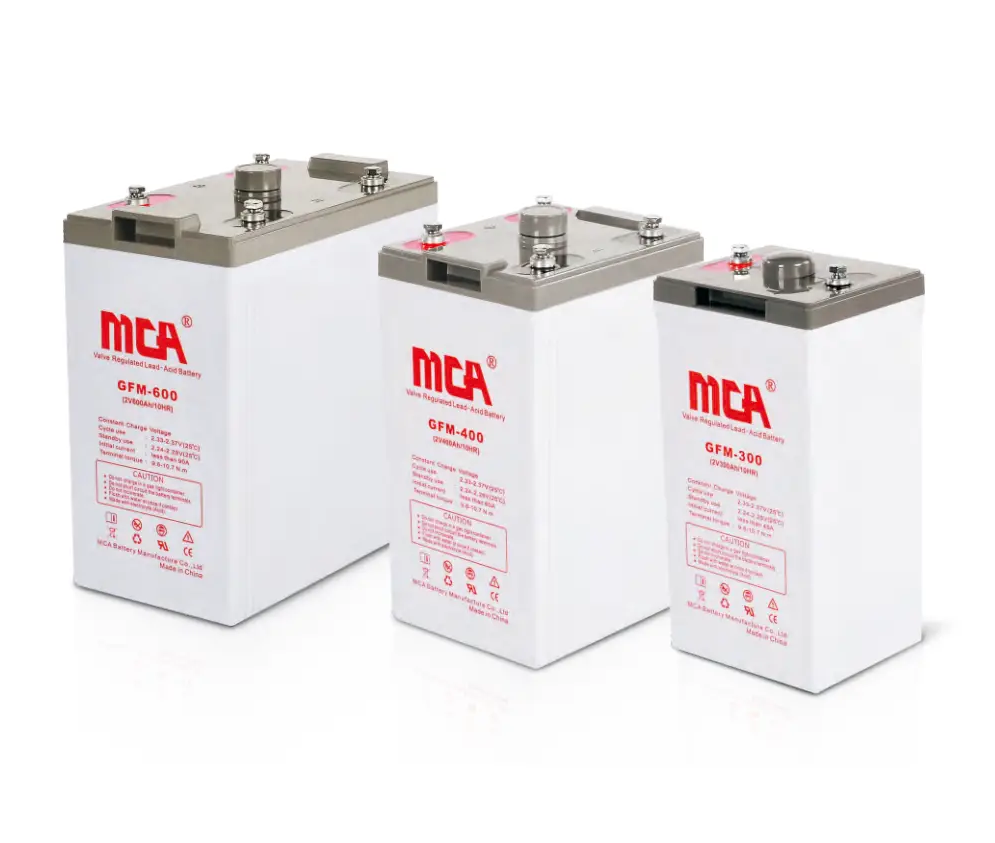31
2025
-
07
AGM Battery for Energy Storage Solutions
AGM Battery for Energy Storage A Reliable Solution for Modern Power Needs
In the age of renewable energy and increasing demand for backup power systems, Absorbent Glass Mat (AGM) batteries have emerged as a trusted solution for energy storage. Designed to offer a balance between performance, safety, and cost-effectiveness, AGM batteries are now widely used in solar systems, uninterruptible power supplies (UPS), and a range of residential, commercial, and industrial applications. This article explores the characteristics, benefits, applications, and future prospects of AGM batteries in energy storage.
What is an AGM Battery?
AGM stands for Absorbent Glass Mat, a technology in which a special glass mat separator absorbs and immobilizes the electrolyte between lead plates. This unique design allows the battery to be spill-proof, maintenance-free, and resistant to vibration, all while delivering stable performance. Unlike flooded lead-acid batteries that require regular water refills and upright placement, AGM batteries can be installed in various orientations, making them highly versatile.
AGM batteries belong to the category of valve-regulated lead-acid (VRLA) batteries. Their sealed design and recombination of gases during the charging process reduce the risk of leakage and gas emissions. This makes AGM batteries safer for indoor use and suitable for environments where safety and reliability are critical.
Key Features of AGM Batteries for Energy Storage
1.Maintenance-Free Operation
One of the standout features of AGM batteries is that they are completely sealed and require no maintenance. Users do not need to monitor water levels or worry about acid leaks, which significantly reduces upkeep costs and enhances user convenience.
2.Deep Cycle Performance
AGM batteries are well-suited for deep cycle applications, meaning they can be discharged and recharged many times without significant degradation. This makes them ideal for storing energy in solar and wind systems where energy generation is intermittent.
3.Fast Charging and Low Self-Discharge
AGM batteries can be charged faster than traditional lead-acid batteries, and they exhibit low self-discharge rates. This ensures that the stored energy is retained over longer periods, which is particularly useful in backup and emergency systems.
4.High Reliability and Safety
With their leak-proof design and vibration resistance, AGM batteries are a reliable choice in demanding environments. They perform well in a wide range of temperatures and offer consistent power output without posing safety risks, making them a preferred option in mission-critical settings.
5.Eco-Friendly
Although AGM batteries still use lead-acid chemistry, their sealed design and long service life reduce the frequency of replacements and environmental waste. Additionally, the materials used are recyclable, contributing to sustainability.
Applications in Energy Storage
The demand for AGM batteries in energy storage has grown across several sectors due to their adaptability and proven performance.
Solar Energy Systems
AGM batteries are widely used in off-grid and hybrid solar installations. They store surplus solar energy generated during the day and supply power when solar generation is low, such as at night or during cloudy weather.
Uninterruptible Power Supplies (UPS)
In commercial and industrial facilities, AGM batteries ensure continuous power during outages. Their fast response time and reliable power delivery make them ideal for critical systems such as data centers, hospitals, and telecommunications.
Residential Backup Systems
Homeowners are increasingly installing AGM batteries as part of backup power systems to protect against grid failures. These batteries offer a quiet, compact, and low-maintenance solution for ensuring energy security at home.
Telecom and Utility Infrastructure
AGM batteries are used in telecom base stations and utility substations to provide uninterrupted power, ensuring that communication and power networks remain operational even during emergencies.
Advantages Over Other Battery Types
While newer technologies such as lithium-ion batteries are gaining popularity, AGM batteries maintain a strong foothold in the market due to several advantages:
Lower Initial Cost: AGM batteries are significantly cheaper upfront compared to lithium-ion, making them accessible for many applications.
Proven Technology: With decades of use, AGM batteries have a long history of reliability and performance.
Ease of Integration: AGM batteries are compatible with most inverters and charge controllers, allowing easy integration into existing systems.
Limitations and Considerations
Despite their many strengths, AGM batteries do have some limitations. They are heavier and larger compared to lithium-ion batteries, which can be a concern where space and weight are constrained. Additionally, while they offer good cycle life, it is still shorter than that of lithium-based alternatives. Proper charging is essential, as overcharging or undercharging can impact battery life.
For users who prioritize high energy density and longevity, lithium-ion may be a better fit. However, for users seeking a cost-effective, safe, and proven solution, AGM batteries remain an excellent choice.
The Future of AGM Batteries in Energy Storage
As the energy storage market continues to evolve, AGM batteries are expected to retain their relevance, especially in applications where safety, reliability, and cost are key considerations. Innovations in lead-acid chemistry, such as carbon-enhanced AGM batteries, are also extending cycle life and improving performance.
In combination with renewable energy technologies and smart grid systems, AGM batteries offer a practical and scalable solution for both short-term and long-term energy storage needs. With continued demand from sectors like telecom, utilities, and residential backup, AGM batteries are poised to remain an important part of the global energy storage landscape.
Relevant News









